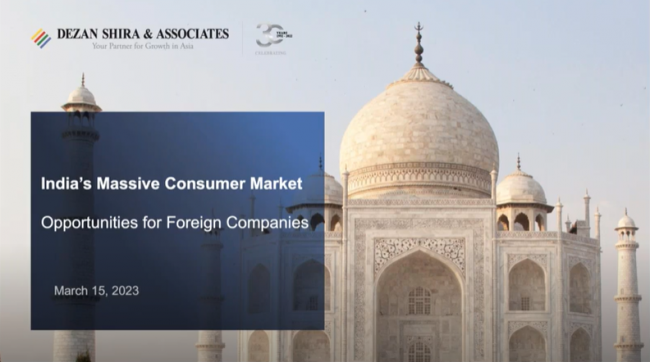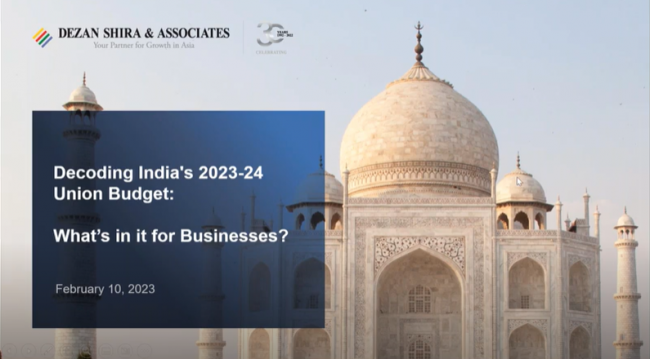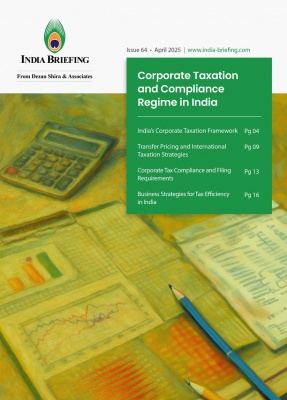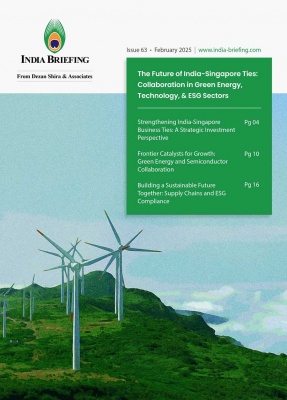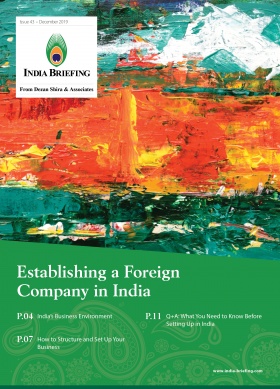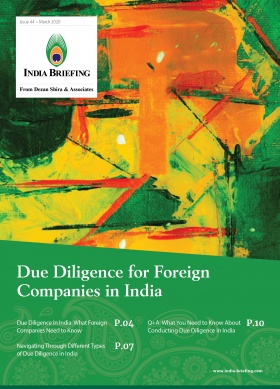India’s Lockdown 3.0: We Brief You on the Latest Guidelines
- The lockdown in India has been extended once again, for two weeks, from May 4 to May 17.
- Several restrictions have been lifted in areas where there are limited or no cases of COVID-19.
- There are considerable relaxations for areas that fall within the orange and green zones, including e-commerce delivery of non-essential items, and allowing taxi aggregators to function.
- Travel by air, train, and metro is still suspended in all zones.
- Movement for all non-essential activities between 7 pm and 7 am is not permitted – irrespective of the zone classification.
The nationwide lockdown in India, which was to end May 3 has now been extended to May 17, 2020 due to the rising number of COVID-19 cases in the country.
This is the second time the government has extended the lockdown. Prime Minister Narendra Modi first announced a 21-day lockdown starting March 25, and the lockdown was extended on April 14 till May 3.
Since the pandemic has severely impacted the Indian economy, the Ministry of Home Affairs (MHA) has issued new guidelines that offer some relaxations in areas that have detected no COVID-19 cases or limited incidence of infections. While certain restrictions have been lifted, the government is taking no chances – stringent safety measures must be observed and penalties can be levied on those charged with flouting the rules to prevent the spread of COVID-19.
When the lockdown was first extended last month, the government allowed the resumption of some economic activities, including partial operation of manufacturing units and industrial establishments in designated areas (green zones).
In this article, we answer some frequently asked questions about the latest guidelines – and provide a list of permitted and prohibited activities.
How are the COVID-19 relaxations determined? Are they based on the demarcation of zones?
Yes. The government has identified hotspots and non-hotspots within districts across the country, and further divided them into red, orange, and green zones.
Classification under the red zone will depend on the total number of cases, doubling rate of confirmed cases, and the extent of testing and surveillance feedback from the districts. The government has identified Delhi, Mumbai, Chennai, Kolkata, Hyderabad, and Bengaluru as red zones in India, among others.
Areas fall under the green zone if there has been no confirmed case in the last 21 days. The remaining areas are classified in the orange zone. A complete list of 733 districts in India, and what zones they have been classified into can be found here.
Meanwhile, areas in the red and orange zones that show a significant risk of COVID-19 spreading – will be classified as containment zones. All activities will be prohibited, except for those providing essential services.
What activities are permitted during the latest lockdown extension?
Under the latest guidelines, considerable relaxations have been offered to areas that come under the orange and green zones. But, no activities are permitted in areas that have been identified as containment zones – with the exception of the supply of essential goods and services and movement with respect to medical emergencies.
While medical clinics and out-patient departments (OPDs) are allowed to operate in all the three zones, strict social distancing norms and other safety precautions will be implemented.
![]()
What activities are prohibited under all the zones?
The following activities are prohibited throughout the country – irrespective of the zonal classification:
- Personal travel via air, train, metro, and inter-state movement by road;
- All educational institutions to remain shut, including training and coaching institutes;
- Any large or religious gathering;
- Hospitality services, such as hotels and restaurants; and
- Malls, cinema halls, sports complexes, gyms, and religious places/places of worship.
Further, movement for all non-essential activities between 7 pm and 7 am will not be allowed – which means movement will only be allowed between 7 am and 7 pm.
In all the zones, people below the age of 65 years, people with co-morbidities (pre-existing conditions or ailments), pregnant women, and children below the age of 10 years will stay at home – except for meeting essential requirements and for health purposes.
What economic activities can be resumed?
The following economic activities can be resumed under all the zones:
- Special economic zones (SEZs), industrial estates, and export-oriented undertakings with access control;
- Manufacturing plants of essential goods – including drugs, pharmaceuticals, medical devices, their raw material and intermediates;
- Manufacturing of IT hardware;
- Jute industrial units;
- Production units requiring continuous process and their supply chain;
- Manufacturing units of packaging materials; and
- Construction of renewable energy projects.
Construction activities in urban areas have been limited in-situ construction – where workers are available on site and no workers are brought from the outside.
Meanwhile, under the orange and green zones – all these activities are permitted, except the ones that are prohibited across the country.
What are other directives issued by the government? Any compliance for businesses?
Social distancing should be maintained everywhere, including at workplaces, manufacturing units, funerals, and marriages. For funeral and last rites, only 20 people are allowed by the government, while 50 people are permitted for marriage related gatherings.
Aarogya Setu App
The government has made it mandatory for all employers operating in the government and private sector in India to download the Aarogya Setu App (Bluetooth-based COVID-19 tracker) as part of India’s contract tracing efforts. It is the responsibility of the head of the organization to meet this compliance. As per the directive, any negligence found on the part of an official, director, or manager will lead to punishment.
Earlier, the application was mandatory only for government employees; it is now extended to private sector employers. The download is also compulsory for all residents living in areas classified as containment zones.
Users need to input the following data: name, location, phone number, profession, gender, age, travel history to foreign countries, and symptoms – if traveled abroad. If the user discloses any symptoms related to COVID-19, then health authorities are notified. The purpose is to form a network of information to inform users about the spread of the virus.
The Aarogya Setu App has come under criticism due to data and privacy concerns as well as the fact that it is operated by a third-party private operator. The public fears that they may be tracked with the help of this application without their consent.
Apart from the public, this move by the government has met with criticism from opposition leaders, privacy advocates, IT experts, cyberlaw experts, and citizen activists.
They have raised security concerns as India still lacks a proper data protection law, and pointed out that the health ministry is not a major stakeholder in the App, which makes it liable to data misuse and invasion of privacy. Experts argue that the government is yet to clarify the security procedures followed to ensure the data is secured and what level of encryption is being used. Their concerns are that – in the absence of checks and balances – the App may be used for surveillance and monitoring people in the country.
However, the government has maintained that the purpose of the App is to curb false information and inform residents if there is a COVID-19 patient in their neighborhood.
Meanwhile, the Internet Freedom Foundation, an Indian non-governmental organization that conducts advocacy on digital rights and liberties, has filed a petition with the Prime Minister’s Office, urging them to review the decision making it mandatory to download the App. The petition has been signed by 45 technology rights and civil society organizations and over 100 individuals.
“At present, the Aarogya Setu App is operating in a legal vacuum and its privacy policy and terms of service do not comply with data protection principles of purpose limitation, data minimization, storage limitation, accuracy, integrity and confidentiality, and transparency and fairness in processing,” the petition says.
In the joint petition, it is stated that to satisfy the proportionality standard adopted in the Supreme Court’s Right to Privacy judgement, which was passed in 2017 and affirmed the constitutional right to privacy – that use of any privacy infringing technology must satisfy five criteria. First, it must have a legislative basis. Second, it must pursue a legitimate aim. Third, it should be a rational method to achieve the intended aim. Fourth, there must not be any less restrictive alternatives, which can also achieve the intended aim. Fifth, the benefits must outweigh the harm caused to the right holder.
In this scenario, the App fails the very first criteria as it does not have a legislative framework to govern its functioning and to ensure adequate procedural safeguards. While the Indian government is yet to respond to the petition, so far it seems unlikely that this directive will be rolled back.
About Us
India Briefing is produced by Dezan Shira & Associates. The firm assists foreign investors throughout Asia from offices across the world, including in Delhi and Mumbai. Readers may write to india@dezshira.com for business support in India.
- Previous Article Will India’s FDI Policy Change Impact Chinese Investments Post-COVID-19?
- Next Article India’s Lockdown 4.0: We Answer FAQs Based on New Guidelines




